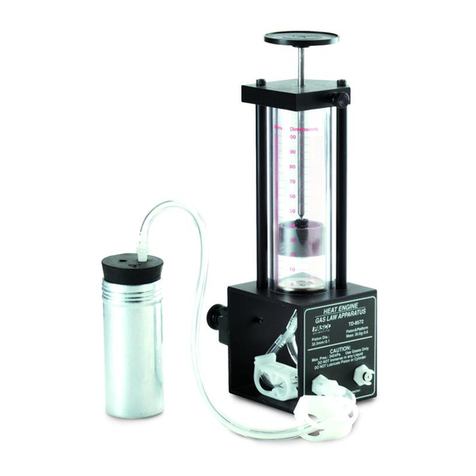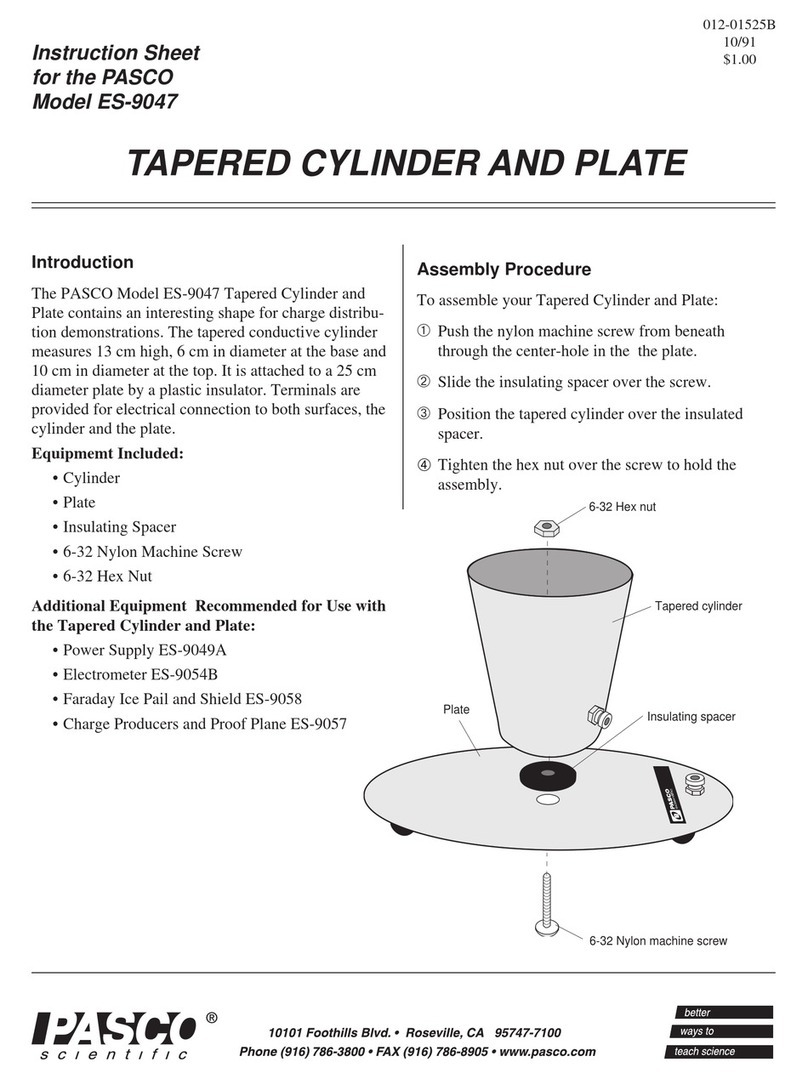PASCO CI-6538 User manual
Other PASCO Laboratory Equipment manuals

PASCO
PASCO ME-9207B User manual
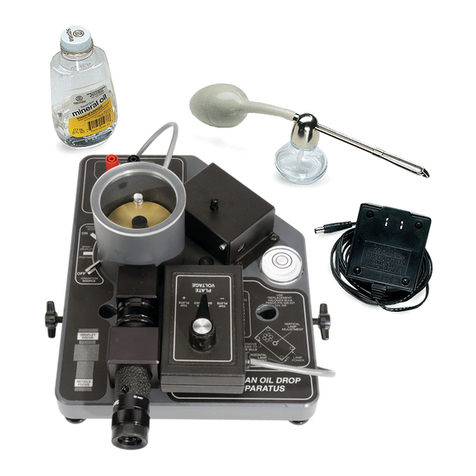
PASCO
PASCO AP-8210A User manual

PASCO
PASCO PK-9023 User manual
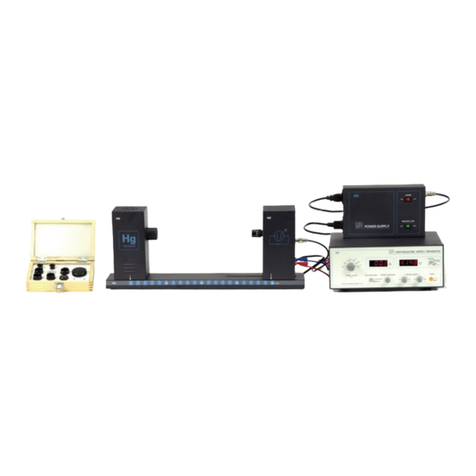
PASCO
PASCO AP-8209 User manual
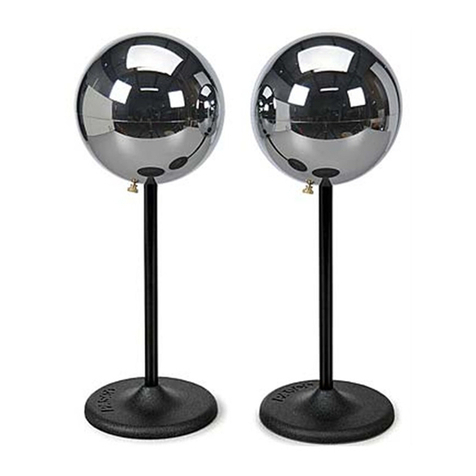
PASCO
PASCO ES-9059C User manual
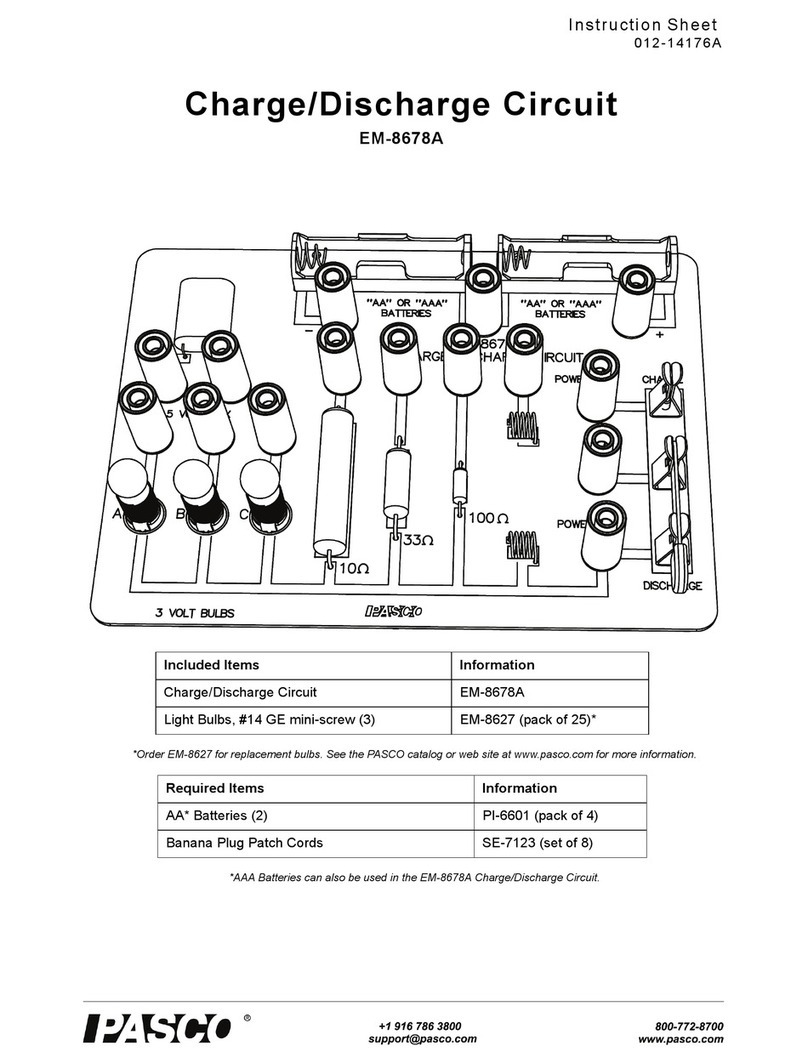
PASCO
PASCO EM-8678A User manual
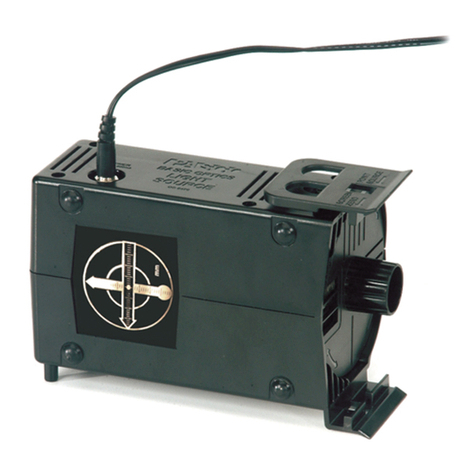
PASCO
PASCO OS-8470 User manual
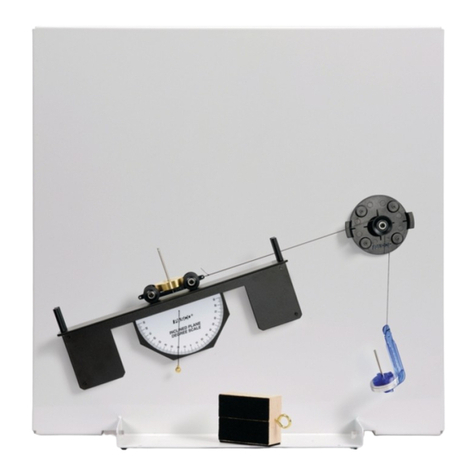
PASCO
PASCO ME-9502 User manual
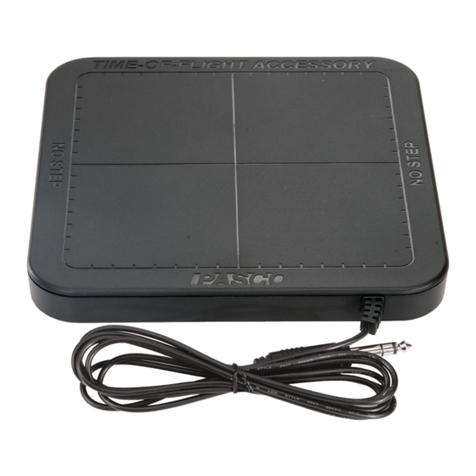
PASCO
PASCO ME-6810A User manual
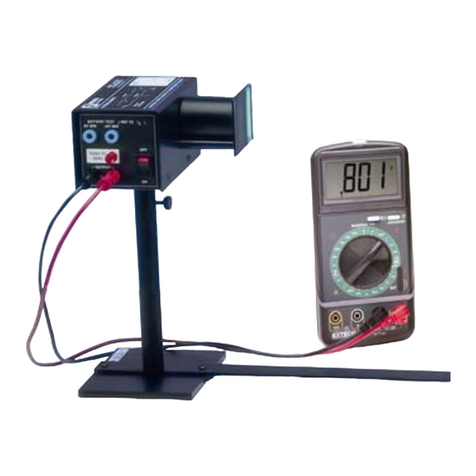
PASCO
PASCO h/e Apparatus User manual
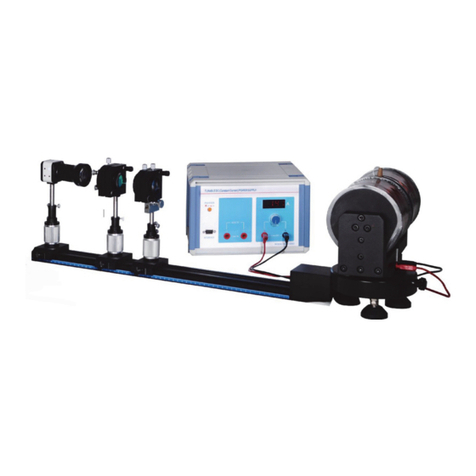
PASCO
PASCO SE-9654 User manual
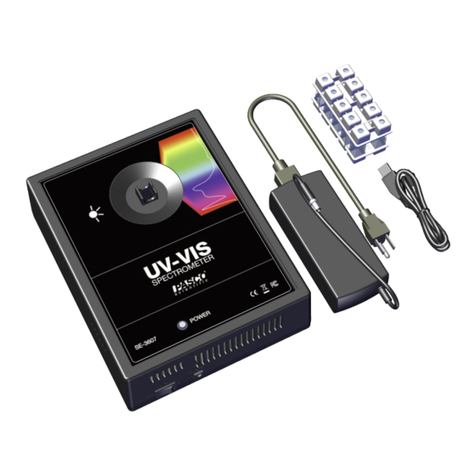
PASCO
PASCO SE-3607 User manual
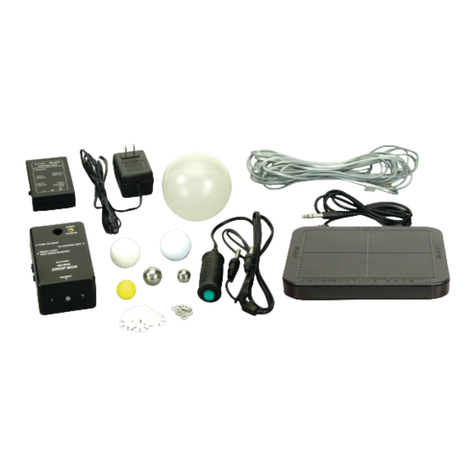
PASCO
PASCO ME-9889 User manual
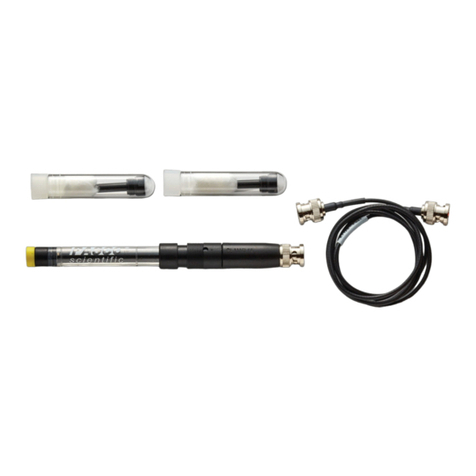
PASCO
PASCO PS-3519 User manual

PASCO
PASCO ME-9454 User manual
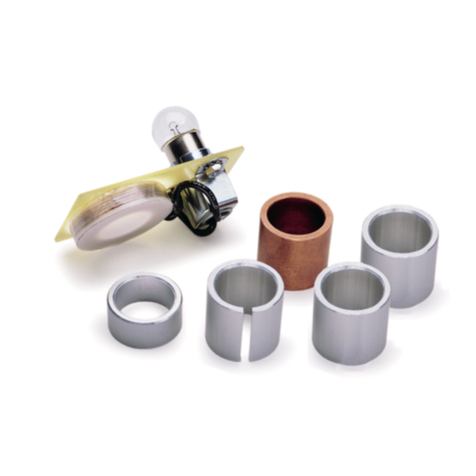
PASCO
PASCO EM-8662 User manual
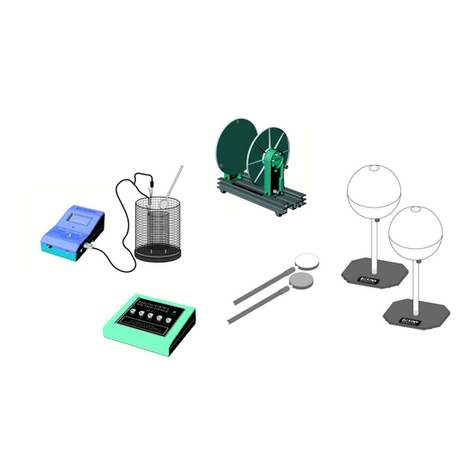
PASCO
PASCO ES-9080A User manual
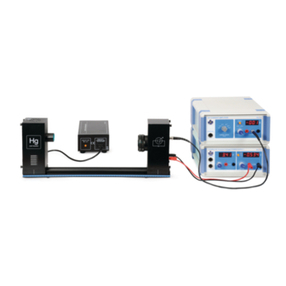
PASCO
PASCO SE-6609 User manual

PASCO
PASCO ME-9892 User manual
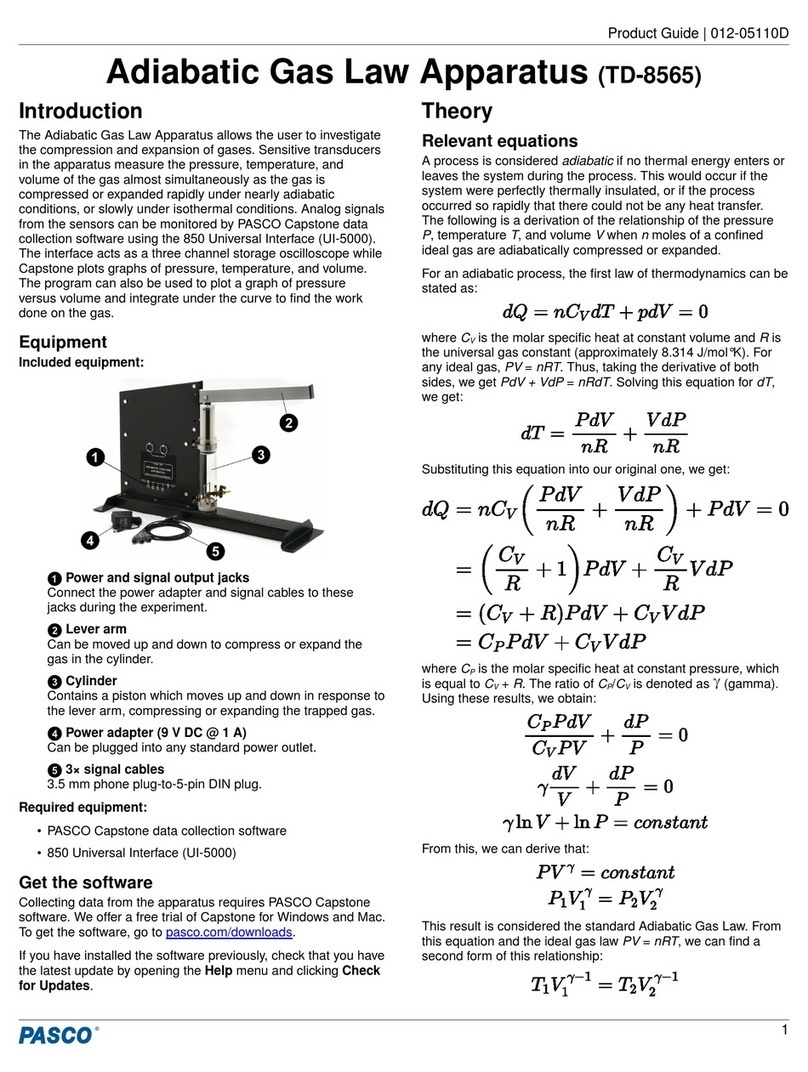
PASCO
PASCO TD-8565 User manual
Popular Laboratory Equipment manuals by other brands

Belden
Belden HIRSCHMANN RPI-P1-4PoE installation manual

Koehler
Koehler K1223 Series Operation and instruction manual

Globe Scientific
Globe Scientific GCM-12 quick start guide

Getinge
Getinge 86 SERIES Technical manual

CORNING
CORNING Everon 6000 user manual

Biocomp
Biocomp GRADIENT MASTER 108 operating manual
